During the Second Temple period (516 BCE – 70 CE), Judaism was marked by a rich tapestry of diverse religious groups, each with its own beliefs, practices, and distinct identities. This post aims to unravel the phenomenon of Jewish sectarianism during this era, examining the major sects and their contributions to the evolving landscape of Jewish thought and religious expression.
Qumran National Park
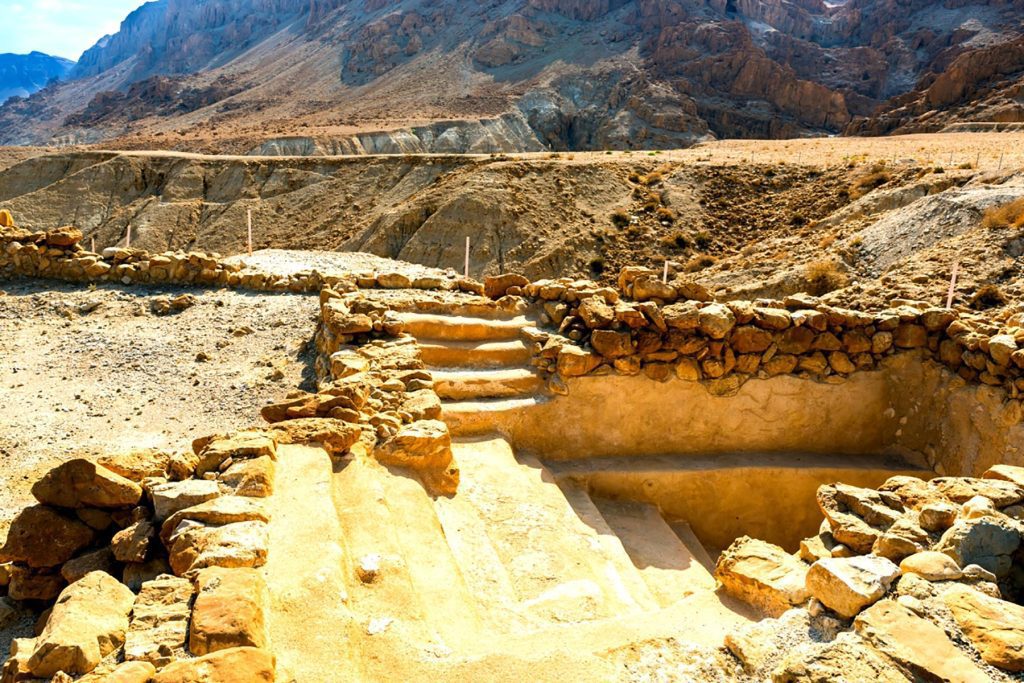
The Context of Second Temple Jewish Sectarianism: The Second Temple period was characterized by political shifts, foreign rule, and cultural influences. Within this dynamic environment, various sects emerged, each responding to the challenges and transformations of their time. These sects offered differing interpretations of Jewish law, worship practices, and theological perspectives, contributing to the religious pluralism during this era.
The Major Sects:
Pharisees: The Pharisees were one of the most influential Jewish sects, focused on interpreting and applying Jewish law. They emphasized the importance of oral tradition alongside written scripture, promoting ethical living and belief in an afterlife. The Pharisees played a crucial role in the development of Rabbinic Judaism.
Sadducees: The Sadducees were primarily associated with the priestly aristocracy and the Temple. They upheld a more conservative approach, adhering strictly to the written Torah while rejecting other scriptural texts and teachings not explicitly mentioned. They held significant political power and collaborated with Roman authorities.
Davidson Center
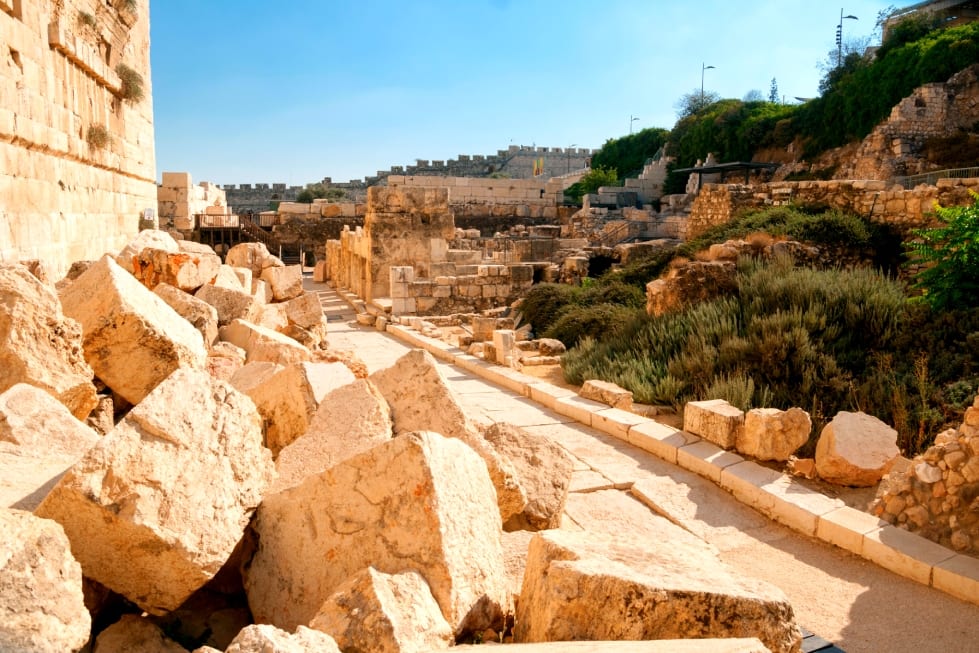
Essenes: The Essenes were a secret and ascetic sect known for their communal living and strict observance of purity laws. They emphasized spiritual discipline, ritual purification, and esoteric teachings. The discovery of the Dead Sea Scrolls in the mid-20th century shed light on their practices and beliefs.
Zealots: The Zealots emerged as a response to Roman oppression, advocating for Jewish independence and actively resisting Roman rule. They were known for their fierce dedication to preserving Jewish sovereignty, often resorting to armed rebellion.
Shrine of the Book
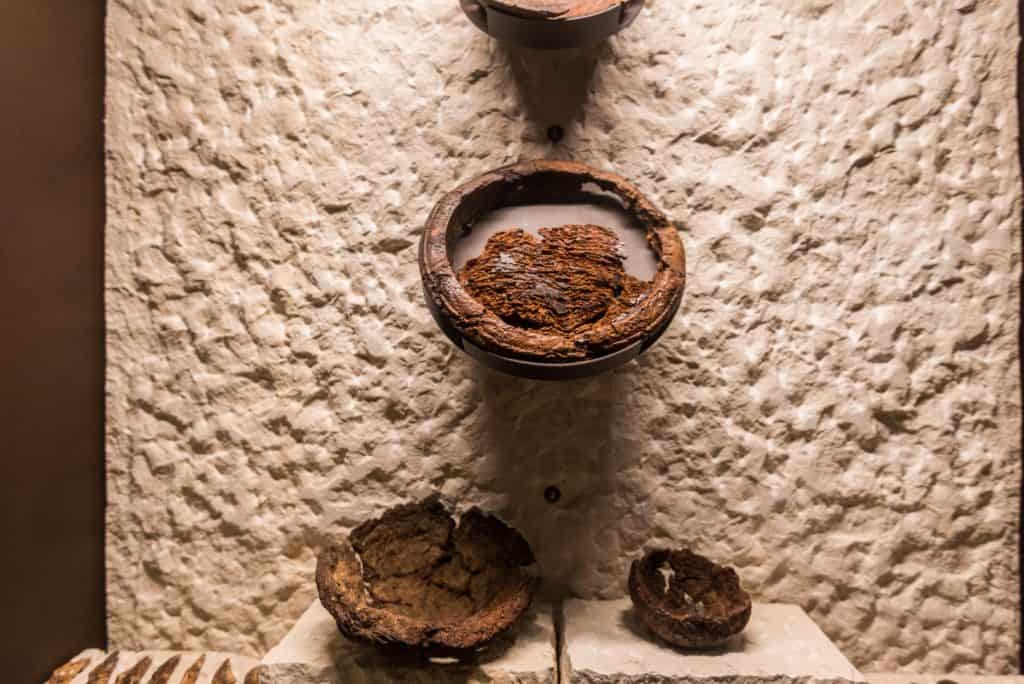
Sicarii: They stand as a distinct group within the diverse landscape of ancient Judaism, characterized by their radicalism, militancy, and commitment to Jewish sovereignty. Although their tactics and approach were divisive, their actions highlight the complex historical context and the range of responses to Roman occupation.
Others:
Besides these major sects, there were smaller groups like the Zealot offshoots, the Fourth Philosophy, and the Samaritans, each with unique perspectives and practices.
Last, The Boethusians: The Boethusians were associated with a priestly family named Boethus, possibly descendants of Zadok, who held positions of influence within the Jerusalem Temple. The Boethusians are often mentioned in Rabbinic literature and historical accounts, though their exact beliefs and practices are not extensively documented.
Mt. Gerizim National Park
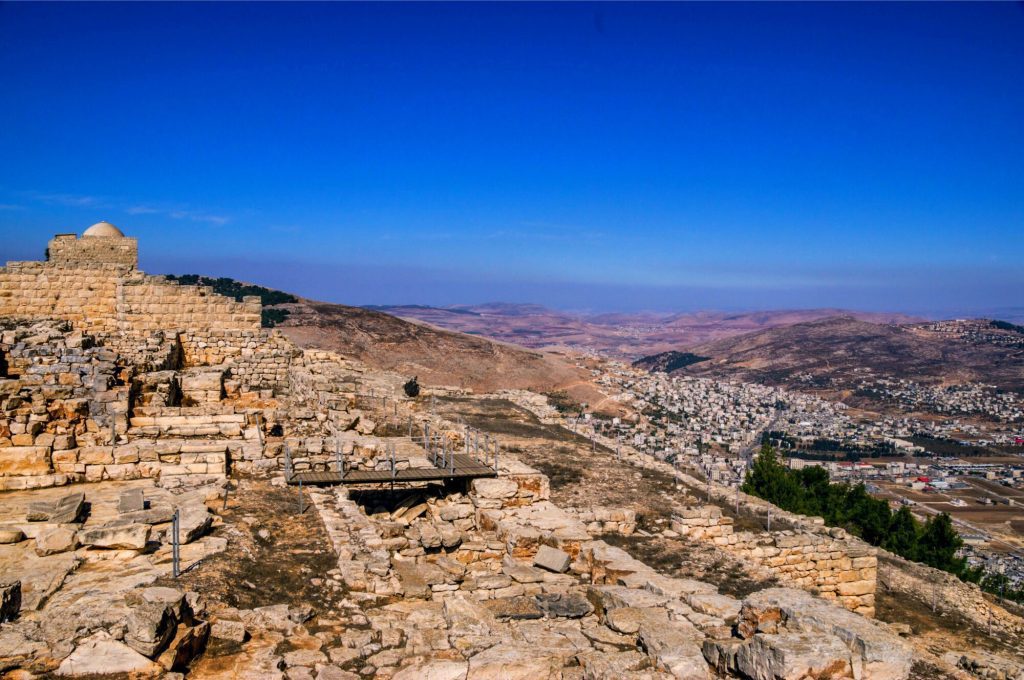
Points of Overlap Between the Sects
Moreover, while each sect had its distinct identity and practices, there were also points of overlap and interaction between them. The sects engaged in theological debates, shared certain ethical principles, and interacted through social and political contexts. In addition, the interactions and conflicts between these groups influenced the development of Jewish thought and religious discourse.
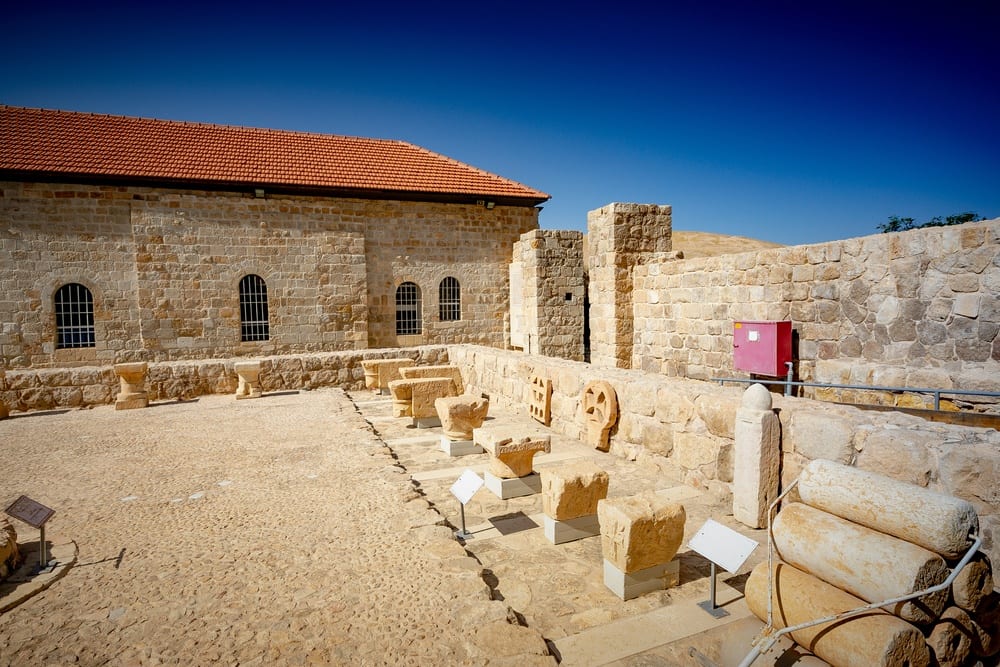
Second Temple Jewish Sectarianism – Diversity and Interactions
Furthermore, the diverse sects of Second Temple Judaism left a lasting impact on Jewish history. Their differing interpretations and practices shaped the religious landscape, leading to debates, the evolution of Jewish law and tradition, and the development of new religious movements. Furthermore, the sects also played significant roles during pivotal historical events, such as the Jewish Revolt against the Romans.
The Herodian Quarter
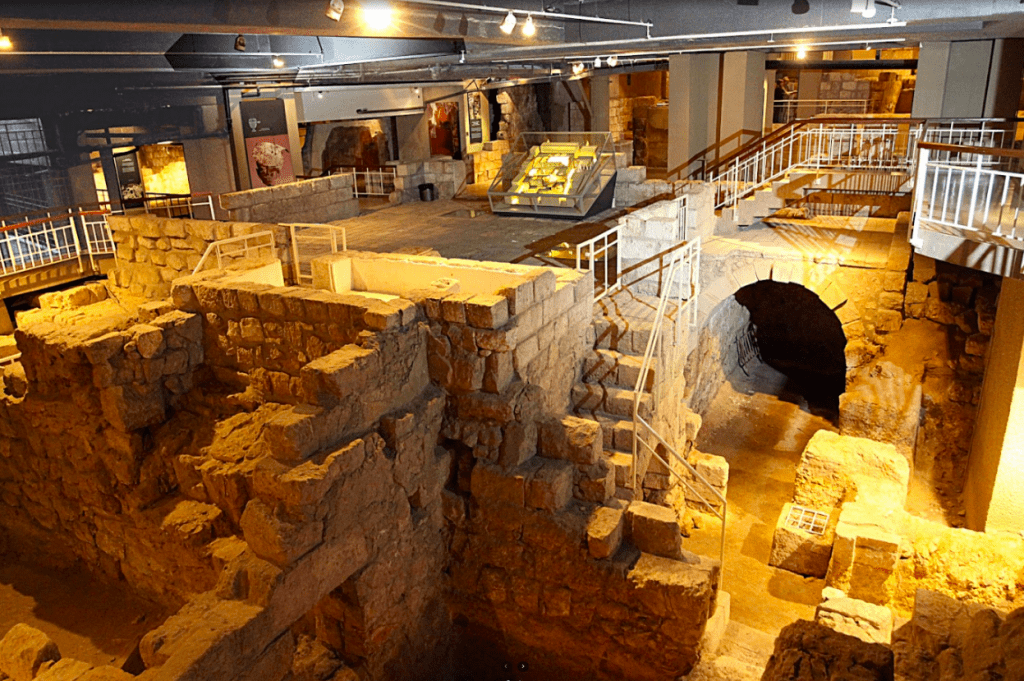
So the Second Temple Jewish sectarianism phenomenon reflects the vibrancy and complexity of Judaism during that period. The various sects, including the Pharisees, Sadducees, Essenes, Zealots, and others, each contributed unique perspectives, practices, and theological ideas. While these sects eventually faded or transformed with the destruction of the Second Temple, their impact on Jewish history, religious thought, and the formation of subsequent Jewish movements cannot be underestimated.

Furthermore, understanding the diversity of Second Temple Jewish sectarianism provides a valuable lens through which to explore the richness of Jewish heritage and the continued evolution of Judaism throughout history.

